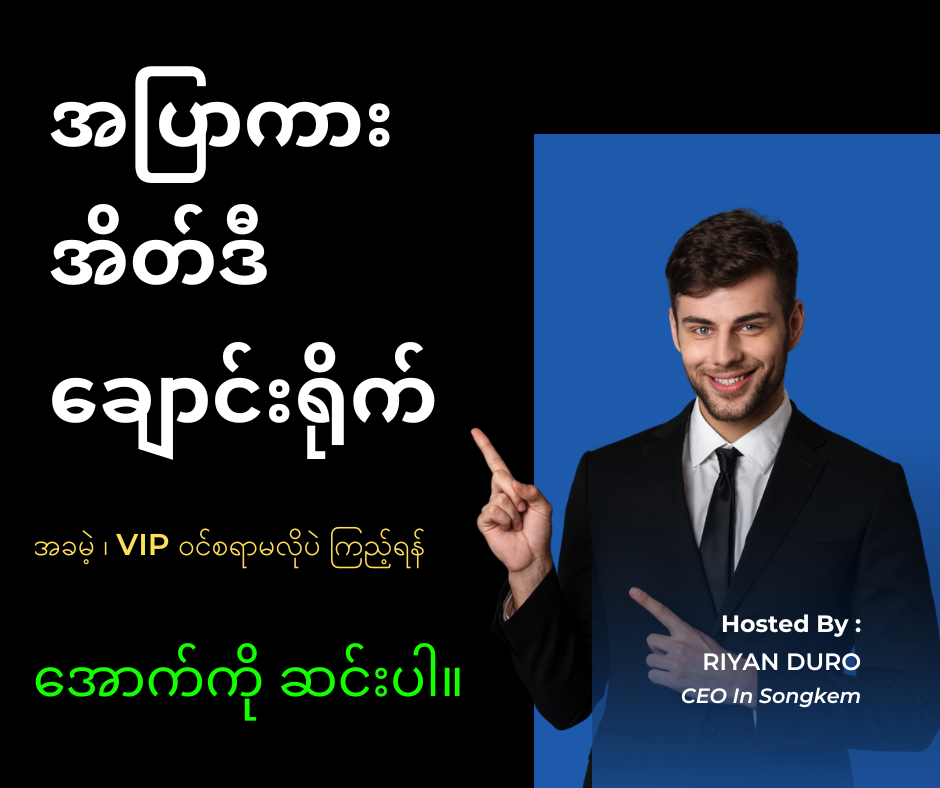
Since Erik ten Hag’s arrival at Manchester United, the club has seen a noticeable shift in tactics, with a clear focus on high-intensity, possession-based football. Known for his successful tenure at Ajax, Ten Hag brings a modern, adaptable approach that aims to make United competitive at the highest level. Here’s an in-depth look at the tactical changes he’s implemented and how they’re shaping the club’s future.
1. Possession-Based Football: Building from the Back
One of the most significant changes under Ten Hag is United’s focus on controlling possession and building attacks from the back. In previous seasons, United often relied on quick counter-attacks, but Ten Hag has emphasized a more structured, patient approach. This involves keeping the ball, recycling it through the midfield, and carefully choosing when to accelerate the attack.
This shift has also affected how United’s defenders operate. Players like Lisandro Martinez and Raphael Varane are not just tasked with defending but are encouraged to participate in the build-up play. Martinez, with his excellent passing range and composure on the ball, is crucial to starting attacks from deep. Goalkeeper Andre Onana, known for his passing ability, has become a key player in initiating play from the back, adding a new dimension to United’s build-up.
2. High Pressing and Counter-Pressing
Under Ten Hag, Manchester United has adopted a high-pressing style, aiming to win the ball back quickly after losing possession. This involves intense pressing from the forward line, with players like Marcus Rashford, Bruno Fernandes, and Mason Mount pressing the opposition defenders and midfielders high up the pitch.
The purpose of this approach is to disrupt the opponent’s rhythm, force turnovers, and create scoring opportunities. The counter-press is an essential element, with midfielders like Casemiro and Scott McTominay immediately closing down the opposition to prevent counter-attacks. This pressing system requires immense fitness and coordination, but when executed well, it allows United to control games and limit the opposition’s chances.
3. Fluid Midfield and Tactical Flexibility
One of Ten Hag’s goals has been to create a dynamic midfield that can adapt to different game situations. By employing a flexible 4-3-3 or 4-2-3-1 formation, he allows midfielders to interchange roles, providing both defensive cover and offensive support. Bruno Fernandes has thrived in this system, often playing as an advanced midfielder with the freedom to roam and create.
New additions like Mason Mount and Christian Eriksen have added creativity, while Casemiro provides stability as the defensive anchor. Ten Hag’s approach focuses on balance, with one midfielder pushing forward to join the attack while others drop back to ensure defensive solidity. This fluidity makes United’s midfield hard to predict, enabling them to adapt to different opponents and game scenarios.
4. Wing Play and Overlapping Full-Backs
Under Ten Hag, wing play has become a central aspect of United’s attack. Wingers like Alejandro Garnacho and Antony are encouraged to stay wide, stretch the opposition defense, and cut inside to create scoring opportunities. This creates space in the middle for midfield runners like Fernandes and Mount to exploit.
The full-backs also play an essential role in United’s attacking setup. Players like Luke Shaw and Diogo Dalot are tasked with overlapping runs, providing width, and delivering crosses into the box. This tactic not only gives United multiple attacking options but also creates overloads on the flanks, making it harder for opponents to defend. Ten Hag’s use of wing play has made United’s attack more versatile and dangerous.
5. Defensive Solidity and Compact Shape
Ten Hag’s defensive strategy emphasizes a compact, organized shape when out of possession. This involves the entire team working together to close down passing lanes and restrict the opposition’s movement. United’s midfielders drop back to support the defense, forming a solid block that is hard to break down.
The backline has also improved under Ten Hag, with players like Varane, Martinez, and Shaw forming a cohesive unit. The addition of a proactive goalkeeper like Onana, who can command his area and distribute the ball, has further strengthened United’s defense. This disciplined, team-oriented approach has helped reduce the number of goals conceded, making United more resilient in difficult games.
6. Focus on Youth Development and Squad Depth
Ten Hag has shown a strong commitment to giving young players opportunities in the first team. Alejandro Garnacho, Kobbie Mainoo, and Hannibal Mejbri are among the young talents who have been given playing time, as Ten Hag looks to build a squad capable of competing on multiple fronts.
The manager’s focus on squad depth is also evident in how he rotates players to maintain fitness across competitions. By trusting youth and carefully managing squad rotation, Ten Hag has created a balanced team that can handle the demands of the Premier League, Champions League, and domestic cup competitions.
7. Mental Resilience and Team Spirit
One of Ten Hag’s notable achievements has been fostering a sense of mental resilience and team unity within the squad. United has shown the ability to bounce back from setbacks and grind out results in challenging situations, a quality that was often missing in previous seasons. Ten Hag’s emphasis on discipline and accountability has brought a renewed focus, and players now exhibit a stronger mentality on the pitch.
The commitment to a collective effort, with players supporting each other on and off the field, has been key to United’s resurgence. By instilling confidence and belief in the team, Ten Hag has created an environment where players push each other to improve and fight for the club.
Conclusion: A New Era at Old Trafford
Erik ten Hag’s tactical philosophy is transforming Manchester United into a modern, cohesive unit. With a focus on possession, pressing, and tactical flexibility, he has laid the groundwork for sustained success. As the team continues to grow under his guidance, United fans have reason to be excited about the future.
While there is still work to be done, Ten Hag’s impact is evident, and United is beginning to look like a team capable of challenging for titles. His approach not only respects United’s traditions but also adapts to the demands of modern football, giving the club a fresh identity that blends skill, resilience, and tactical intelligence. If the team continues on this trajectory, Manchester United could soon reclaim their place among Europe’s elite.
